-
Bay Leaf Trees for Sale
Laurus Nobilis - Sweet Bay
Herb Growing Tips
Light: Full to Part Sun.
Temperature: Perennial for Hardiness Zones 8-10
Water: Moderate watering is needed
Soil: Well-drained soil that is kept moist
Comments: If growing this plant indoors these plants are prone to scale, mealybugs, spider mites and possibly mildew. These can be avoided if you monitor your watering and sunlight this plant receives.
Herb Description
Bay Laurel, scientifically known as Laurus nobilis, is an aromatic evergreen tree revered for its culinary and medicinal properties. Known for its distinctive dark green leaves, this herb has been used for centuries in cooking, offering a sophisticated flavor profile that elevates any dish. The leaves are prominent in Mediterranean cuisine, imparting a subtle yet rich taste to soups, stews, and sauces.
Beyond its culinary versatility, Bay Laurel is admired for its hardiness and striking appearance. With its lush foliage and elegant shape, it makes an attractive addition to any garden or indoor space. This perennial plant thrives in hardiness zones 8-10, flourishing best in well-drained soil and receiving full to part sun.
Fresh or dried leaves can be used to enhance the flavor of a variety of dishes, making it a staple for home cooks and professional chefs alike.When crushed, the leaves release a pleasant fragrance that can also deter pests.Perfect for indoor growing, adding greenery and a delightful aroma to your space.
To ensure a thriving Bay Laurel tree, moderate watering is essential, keeping the soil consistently moist yet well-drained. Be vigilant about pests such as scale, mealybugs, and spider mites, especially when growing indoors; proper monitoring of sunlight and watering can help prevent these issues.
Embrace the beauty and utility of Bay Laurel by adding this elegant herb to your home or garden today! Experience the delightful flavor and aroma firsthand—from your kitchen to your decor.
-
Laurus Nobilis
Characteristics: With beautiful, broad, glossy leaves, Bay is easy to grow and has a history like no other herb. Click here to learn more!
Light: Bay plants benefit from full sun and warm humid summers.
Water: Drought tolerant, but water when soil is dry to the touch. Let soil dry between watering to prevent waterlogged soil.
Soil: Bay requires well-drained soil of good quality. Feed with organic fish emulsion in the spring or mid-summer if potted or mix organic compost into the soil if planted outdoors to ensure a healthy plant.
Use: A must-have culinary herb, Bay is used in soups, stews, and other slow-cooked dishes.
Extras: Sweet bay is native to the Mediterranean. It is only marginally hardy to zone 7; therefore most North Americans find it necessary to grow bay in pots and winter them over indoors on cool, sunny porches. Avoid winter temperatures below 38 degrees. As new leaves form in the spring, older leaves normally turn yellow and drop.
Repot every 2-3 years to discourage pot-bound plants. -
Uses for Bay Trees
Drying Bay Leaves
Bay leaves can be used both fresh and dried, however we find the fresh to be a bit bitter. So, when using freshly harvested leaves, we recommend letting the leaves sit out for at least 12 to 24 hours. The drying process reduces this bitterness and really helps enhance the flavor - Sweet bay has been described as pine-flavored or a bit 'woodsy'. Think of a cooler camphor aroma, almost like nutmeg or clove. It is an essential ingredient in a hearty stew or roast, and always use your Bay leaves whole.
As long as you have the right conditions for air drying (warm, dry and no humidity), we recommend this method for bay leaves. All you need to do is hang the stems in small bundles (which only works if you have a very large Bay Tree) or lay them on clean surface and allow to dry for 24 to 48 hours. At that point, they need to be sealed in an airtight container and stored in a dark dry place - with all of your other herbs. Use them for up to a year, then discard any remaining leaves.
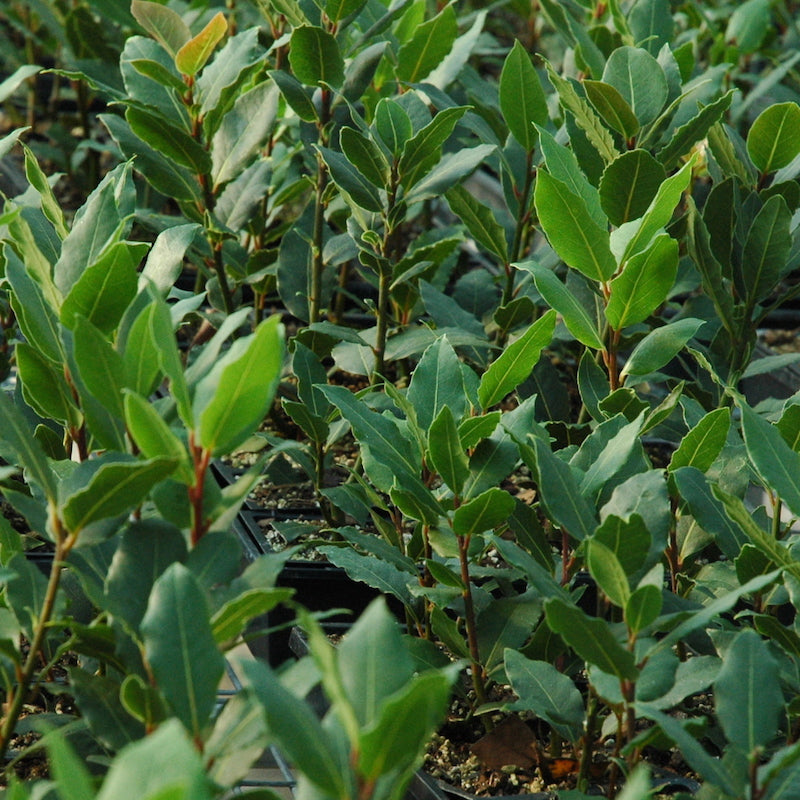
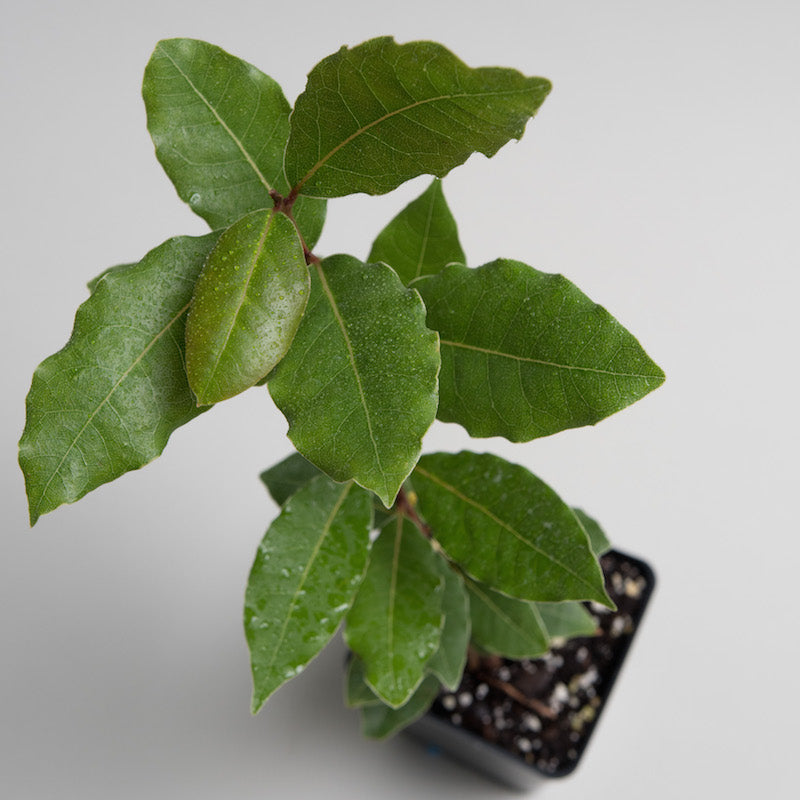
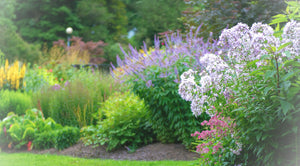
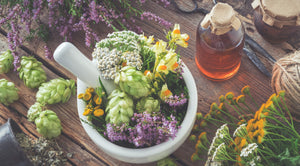

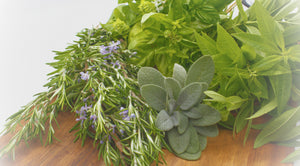
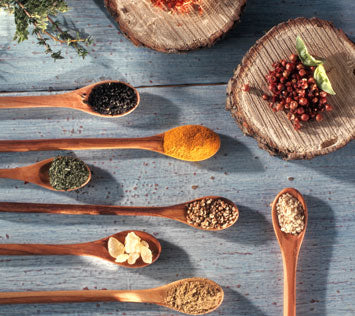

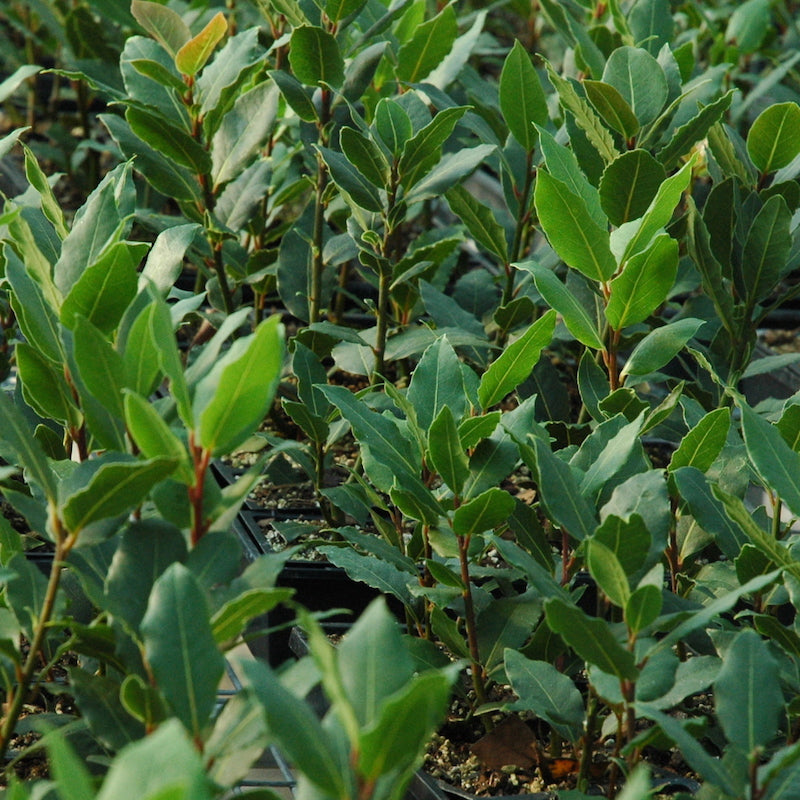
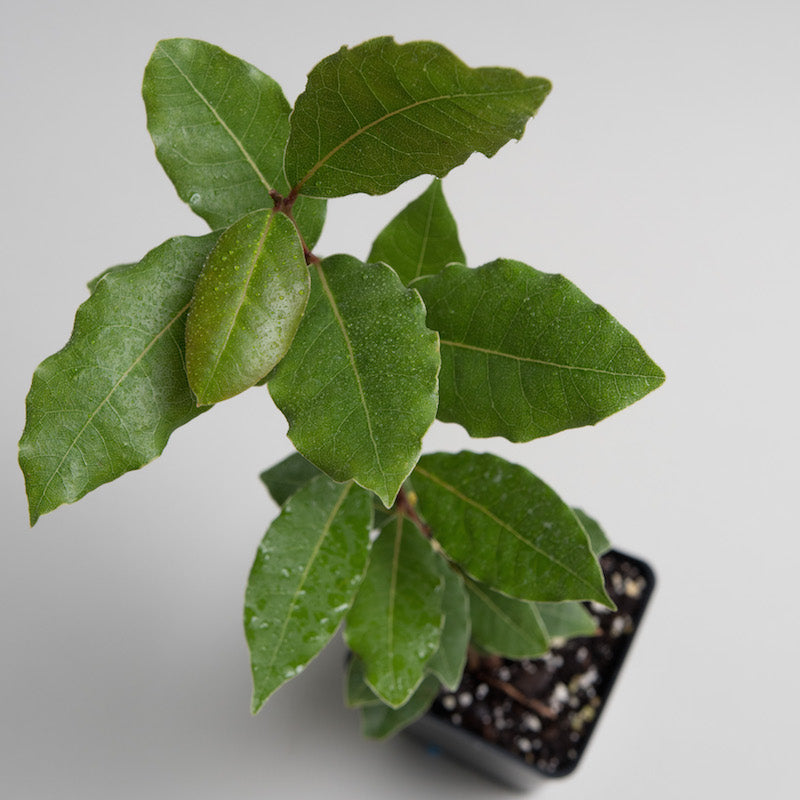



 Culinary
Culinary
 Medicinal
Medicinal
 Aroma
Aroma
 Container
Container
 Indoor
Indoor
 Drought
Drought